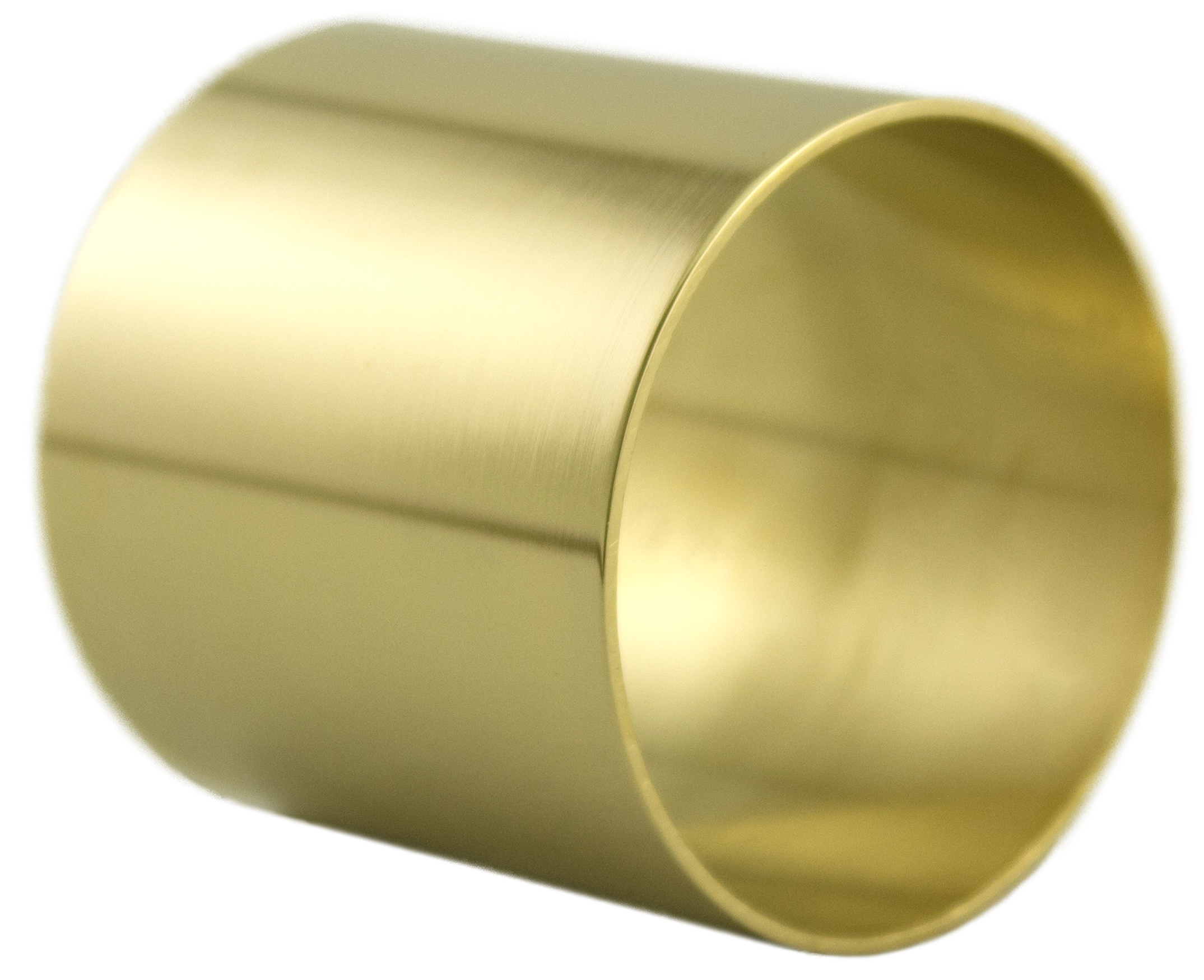Gold Plating
Throughout history the application of gold coatings has been a common practice among civilizations. Originally mechanically applied for decorative and anti-corrosion applications in the form of gold-leaf, electrodeposited gold was first demonstrated in the early 1800's. In last half century, the emergence of the electronics industry and the demand for coatings with exception materials characteristics has exploded the industrial and manufacturing usage of gold plating processes. Gold demonstrates excellent corrosion resistance, low voltage conductivity, reflectivity, and solderability. As a result, gold plating is currently utilized extensively by the electronic, decorative/jewelry, telecommunications, semiconductor, medical, and aerospace industries.
Gold plating is available at A Square in a full range of finishes and underpayments. The physical properties, and in turn the applications for which a particular gold plate is suitable, are highly dependent on the "Type" and "Class" of gold plated as well as the chosen underlayment. Dependent on a parts specific performance requirements we can tailor our plating methods to maximize a particular characteristic: hardness, solderability, color, reflectivity, corrosion resistance and etc. The surface condition of the base material and the underlayment utilized has a drastic effect on the final appearance and performance of a gold plated part. Contact our engineering team to receive project specific recommendations for all of your gold plating requirements.
BENEFITS OF GOLD PLATING
- Superb low-voltage electrical conductivity
- Excellent thermal conductor
- Highly resistant to corrosion
- Ductile
- Excellent solderability
- Decorative appearance
- Highly reflectivity of IR light
- Biocompatible

DRAWBACKS OF GOLD PLATING
Gold is a precious metal. As a result, it demonstrates phenomenal material properties. However, depending on the specifics of the project there could be potential drawbacks when utilizing this metal finish:
- Cost: Rising commodities prices have had a large impact on the gold market price. Thus, for some projects it is no longer economical to plate the entire part. A Square combats this challenge by engineering state of the art fixtures and methods to selectively plate only the portion of the part that absolutely needs gold plating. This helps to greatly reduce the material cost per piece. In addition using our XRF technology, A Square has developed an extensive set of gold plating standards. This allows us to control our processes as close as ± 0.000005", minimizing gold expenses lost to overplating.
- Price Volatility: Commodities markets in general, and the gold market in particular, vary widely from day to day. To address market volatility, A Square offers our customers the option of receiving a firm price for a particular job (best for one-offs or small lot sizes) or a factored price that reflects the daily fluctuations in the silver commodities market (best for ongoing projects with multiple ship dates).
Gold FINISHES
Gold plating is available at A Square in a full range of finishes and thicknesses. Our "hard gold" is alloyed with a small amount (<0.5%) of cobalt, allowing for higher hardness in the gold. This is useful for applications in which the part experiences a large amount of sliding contact or wear (e.g. connectors). For soldering, wire bonding, and high corrosion resistance applications pure 99.9%+ "soft" gold is employed. For decorative gold plating, if there is sufficient demand a specific color (e.g. white, pink, green etc.) can be produced and maintained by adjusting bath chemistry. The thickness of the plate can be readily adjusted to suit any customers needs.
- Type I: 99.7% pure gold (Hardness: A, B, or C)
- Type II: 99.0% pure gold, often referred to as 'hard' gold (Hardness: B, C, or D)
- Type III: 99.9% pure gold (Hardness: A only)
- Hardness:
- 90 HK25 max.
- 91-129 HK25
- 130-200 HK25
- > 200 HK25
PLATING SPECIFICATIONS
- ASTM B-488
- MIL-G-45204
- AMS 2422
- Customer directed specifications
In general, we plate gold to industry standard specifications. However, we have the capability to adapt our processes to suit any given customers engineering requisites or specifications. Please contact us to engineer a customized solution to fit your part performance requirements and gold plating needs.
PLATING METHODS
- Rack Plating
- Barrel Plating
- Selective Plating
- Vibratory Plating
PROPERTIES OF GOld
- Appearance: Yellow lustrous metal (typical)
- Conductivity (Thermal): 318 W/(m·K)
- Resistivity (Electrical): 22.1 nΩ·m
- Density: 19.3 g/cm3 (.70 lb/in3 )
- Melting Point: 1064.2 °C (1947.5 °F)
- Atomic Weight: 107.2 g/mol